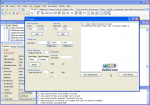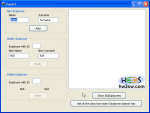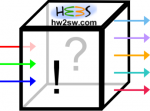
By discovering the beauty of OOP world, in the essential view here offered, we always have underlined how the classes are designed as objects prototypes which implicitly include the possibility to communicate among them, with precise mechanisms.
For the sake of precision, some classes can be written only as general model, without the goal to be transposed in reality as objects.
While this is true, for now let's concentrate only on the fact that a class implies an instantiation, at least.
So the class design at this level requires the knowledge of the relations that its objects must set.
Previous time we saw the composition, between the two involved classes Employee and Document.
To summarize: while an employee object can exist by itself and can have one or more documents, the document object cannot exist by itself and can only belong to an employee.


